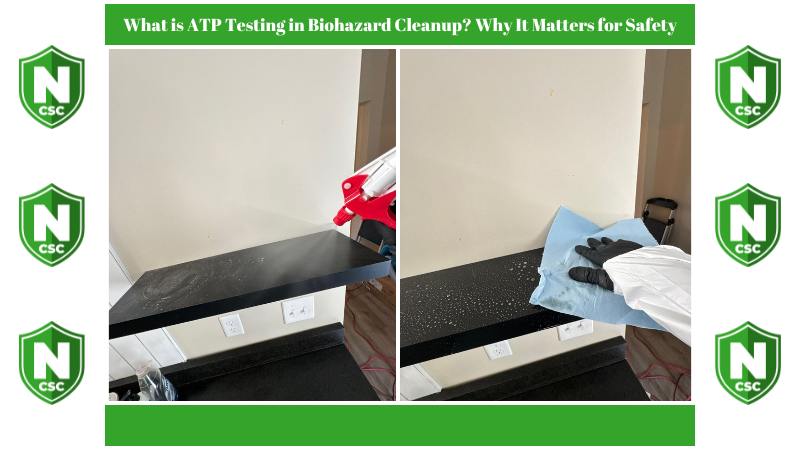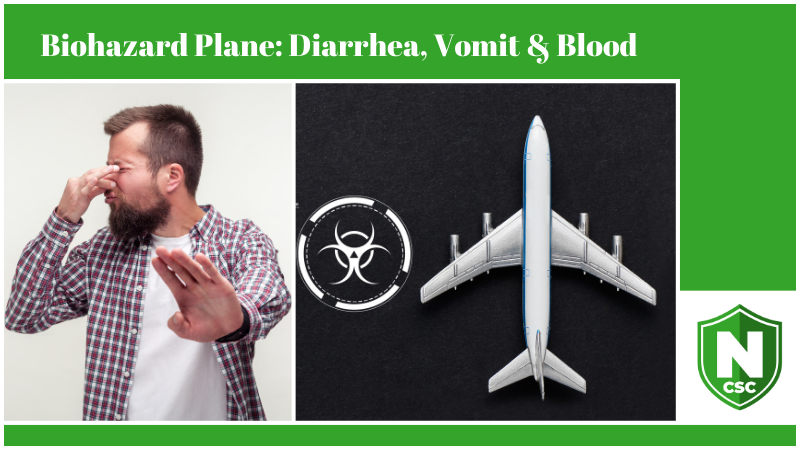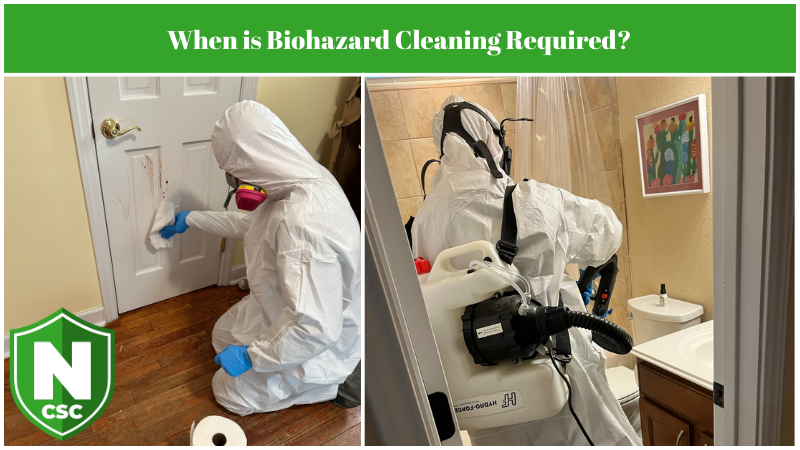The True Meaning of the Biohazard Symbol
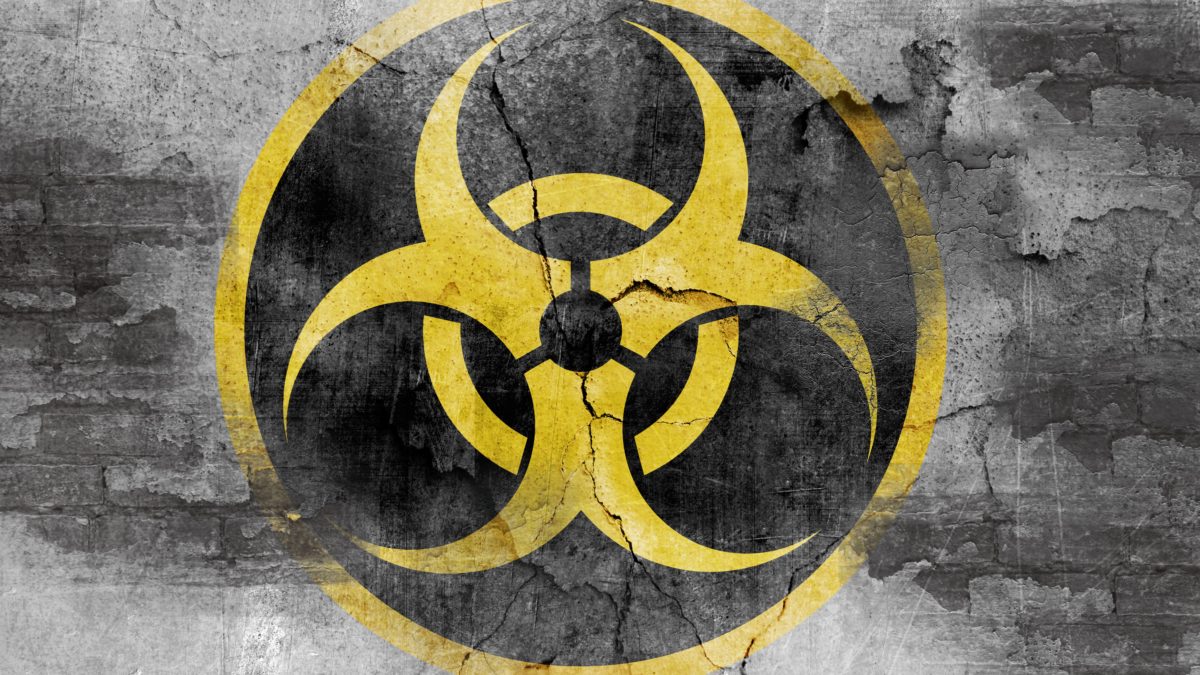
Like a STOP sign or the yellow smiley face, the Biohazard symbol makes a striking impression! It’s easily seen and remembered, and bodes potential danger for those who know it’s meaning. You’ll see it at doctor’s offices, near medical waste, and at industrial locations, but a vast majority of people know where the symbol originally comes from. The Biohazard symbol message is both simple and crucial: dangerous substances here!
The Story of the Biohazard Symbol
The Biohazard symbol we’re all familiar with was created in 1966 by Charles Baldwin of Dow Chemicals and Robert Runkle of the National Institutes of Health. It’s barely 50 years old, yet it has a global understanding in the medical, science and waste removal industries. It’s such a powerful symbol that it makes appearances in modern media like books, movies and video games.
Life was different back in 1966. The Vietnam war was escalating, the USSR landed a vehicle on the moon, the Beatles were on top of music, and the first ATM machine was introduced. Race riots and war protests washed over the nation, and Charles Whitman shot 14 people from a tower at the University at Austin in Texas.
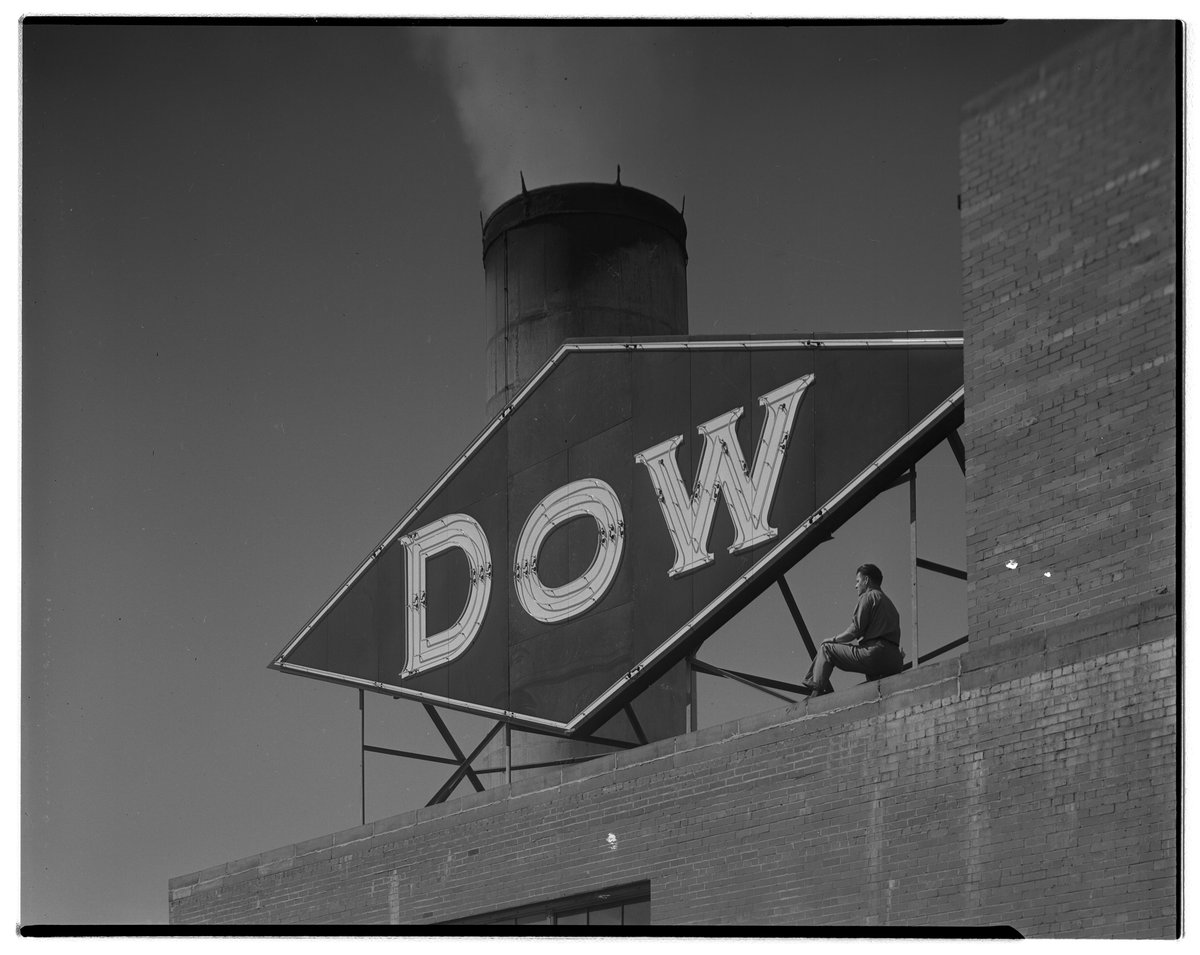
Baldwin realized there were hundreds of different chemicals and compounds around them at all times, and many of them being very dangerous. Until this point, every hazardous material had a symbol, and a chemist or tanker truck driver would probably know them, but anybody outside of the specific field was totally unfamiliar. There was no symbol that would tell the general public that HERE LIES A DANGEROUS SUBSTANCE.
Because of this, Dow Chemical, and more specifically Charles Baldwin, knew that something must be done about this. If these manufacturing trends were to continue as they looked like they would, and these types of hazardous chemicals would become more ever-present, people had to be aware of when they were in the presence of one.
Knowing that it was unrealistic for everyday people to learn the preexisting individual symbols for each dangerous substance, he decided that there had to be a simpler way to convey the message. In conjunction with the marketing department of Dow Chemical, they came to the decision to make one all-encompassing symbol that got this message across.
Baldwin knew the ideal symbol must be:
- Easily recognized
- Unlike any other symbol in use
- Easy to apply, with no right or wrong way up or down
- Acceptable to all groups of people
- Well defined, yet ambiguous
He succeeded in his design and sent the symbol to Dow Chemical’s marketing department, who performed some market tests and confirmed that it was everything he had hoped.
Per Redbags.com the “After publication in a science journal, the biohazard symbol we know today was authorized by the U.S. Center for Disease Control, the Occupational Safety and Health Administration and the National Institutes of Health as universal.” As a universal symbol, it quickly became public domain. There are no royalties or use fees to use the symbol.
Symbol Display Rule
The only rule of symbol display is that the Biohazard symbol must be shown with enough contrast to make it highly visible. You’ll see it used as black and white, white on red, black on yellow and any other vivid combination. It must be large enough to make a serious impression to the viewer.
Bio-hazardous Materials and Waste Categories
Per the University of Tennessee there are 5 categories of biohazardous wastes recognized in the medical fields today:
- Solid Biohazardous Waste (but not sharps)
- Liquid Biohazardous Waste
- Biohazardous Sharps
- Pathological Waste
- Soil Collection, treatment and disposal.
Biohazardous materials can be more than just medical wastes, even though that’s what the general public is most aware of. Any substance that can cause sickness or radiation is deserving of the symbol. For this reason, it is very common within the crime scene cleanup and biohazard cleanup field. This now includes anything from suicide cleanup and blood cleanup, to unattended deaths and biohazard cars.
Those who have been familiar with National Crime Scene Cleanup for longer than a few years may remember that the company’s original logo prominently featured a red and black iteration of the original biohazard symbol.
Modern Counter-Culture/Subculture Symbol Use
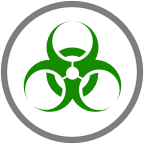
Finally, no discussion of the symbol would be considered complete without a mention of the Hardcore/Rap/Metal band Biohazard, a pure product of the 1990’s. Untold numbers of 40-something year old men and women are still rocking their Biohazard symbol tattoos to this day!
Call National Crime Scene Cleanup
If you or somebody you know is in need of biohazard cleanup services, you’ve come to the right place. At National Crime Scene Cleanup, biohazard cleaning is our specialty. You can call us 24 hours a day, 7 days a week at 1-844-255-2461 for immediate live assistance. We will work with you to get a team of certified professionals to the location in need of cleaning in a timely manner.
Remember, when dealing with biohazards, it is essential to leave it to the professionals to take care of the situation. The biohazard symbol was created for one specific reason, and that was to tell the general public to stay away.


